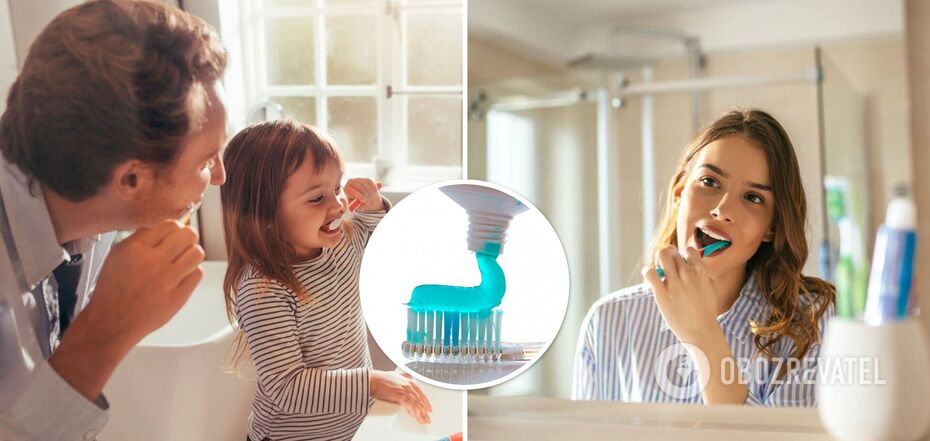Life
Don't wet your toothbrush before brushing: the reason why
There is one common morning ritual that almost everyone does. It's the habit of wetting your toothbrush before you start brushing. The procedure is unchanged: take the brush, dip it under a stream of water for a second, smear it with toothpaste and start the process.
But experts say that you don't need to wet your brush before brushing your teeth. Sante Plus magazine has told us about the main reasons why.
Why it is not advisable to wet your toothbrush
To maintain oral health, you need to brush your teeth several times a day. It is believed that by wetting the brush and making it softer, you can prevent damage and bleeding of the gums.
According to an expert group of dentists, dry brushing would be much more effective against plaque and tartar. It is indeed the best way to deeply clean your teeth and eliminate bacteria. What's more, it turns out that it can also help you get rid of bad breath. Brushing your teeth without adding water is better for fighting halitosis.
Dentists recommend a very specific ritual: first, perform a deep dry brushing, and then brush your teeth again with toothpaste. This will help you get that pleasant feeling of freshness. After that, you should rinse your mouth with a fluoride rinse.
Dry brushing is also beneficial for children, so it should be taught to them from an early age. Children should use a dry toothbrush to further remove plaque, tartar and food debris stuck between their teeth. This also avoids the risk of swallowing toothpaste.
This method is also recommended by experts from the Harvard School of Dental Medicine. You should also remember to floss before or after brushing your teeth.
How to brush your teeth properly
1. It is recommended to brush your teeth with fluoridated toothpaste for two minutes. Divide the time between the upper and lower teeth to the left and right.
2. Tilt the toothbrush.
"The bristles should be directed towards the gums where they meet the teeth, i.e. to the junction where plaque and tartar accumulate. The bristles shouldn't be perpendicular to your teeth, at a 90-degree angle, but rather angled, at a 45-degree angle," says Dr Jiang, a professor at Harvard Dental School.
3 Brush your teeth in a circular motion as well to remove any food debris that gets stuck near the gum line.
4. Do not press too hard when brushing, otherwise you risk irritating or even injuring your gums.
5. Do not forget to brush your tongue.
6. Finally, rinse your mouth thoroughly.
Earlier, OBOZREVATEL told about famous people who made imperfect teeth their feature.
Subscribe to OBOZREVATEL's Telegram and Viber channels to keep up with the latest news.



























